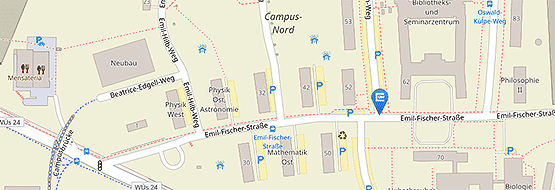Dr. Thomas Niebler
About me
I finished my diploma in Mathematics in January 2012. In the same month, I started to work at the Data Mining and Information Retrieval Group in the POSTS and POSTS-II projects. I'm interested in a variety of topics, such as Natural Language Understanding, Machine Learning for NLU/NLP, (Big) Data Mining, User Behavior Analysis and the Semantic Web. Concretely, I work on methods to not only discover, but also learn semantic relations between tags from social web platforms such as BibSonomy. For this, i use Metric Learning methods. Additionally, I extract semantic relatedness from navigational data in the web, e.g. from navigation on Wikipedia!
Selected publications
-
Learning Semantic Relatedness From Human Feedback Using Metric Learning. . In arXiv preprint arXiv:1705.07425. 2017.
-
Extracting Semantics from Unconstrained Navigation on Wikipedia. . In KI -- Künstliche Intelligenz, 30(2), pp. 163–168. Springer, 2016.
-
FolkTrails: Interpreting Navigation Behavior in a Social Tagging System. . In Proceedings of the 25th ACM International on Conference on Information and Knowledge Management, of CIKM ’16. ACM, 2016.


